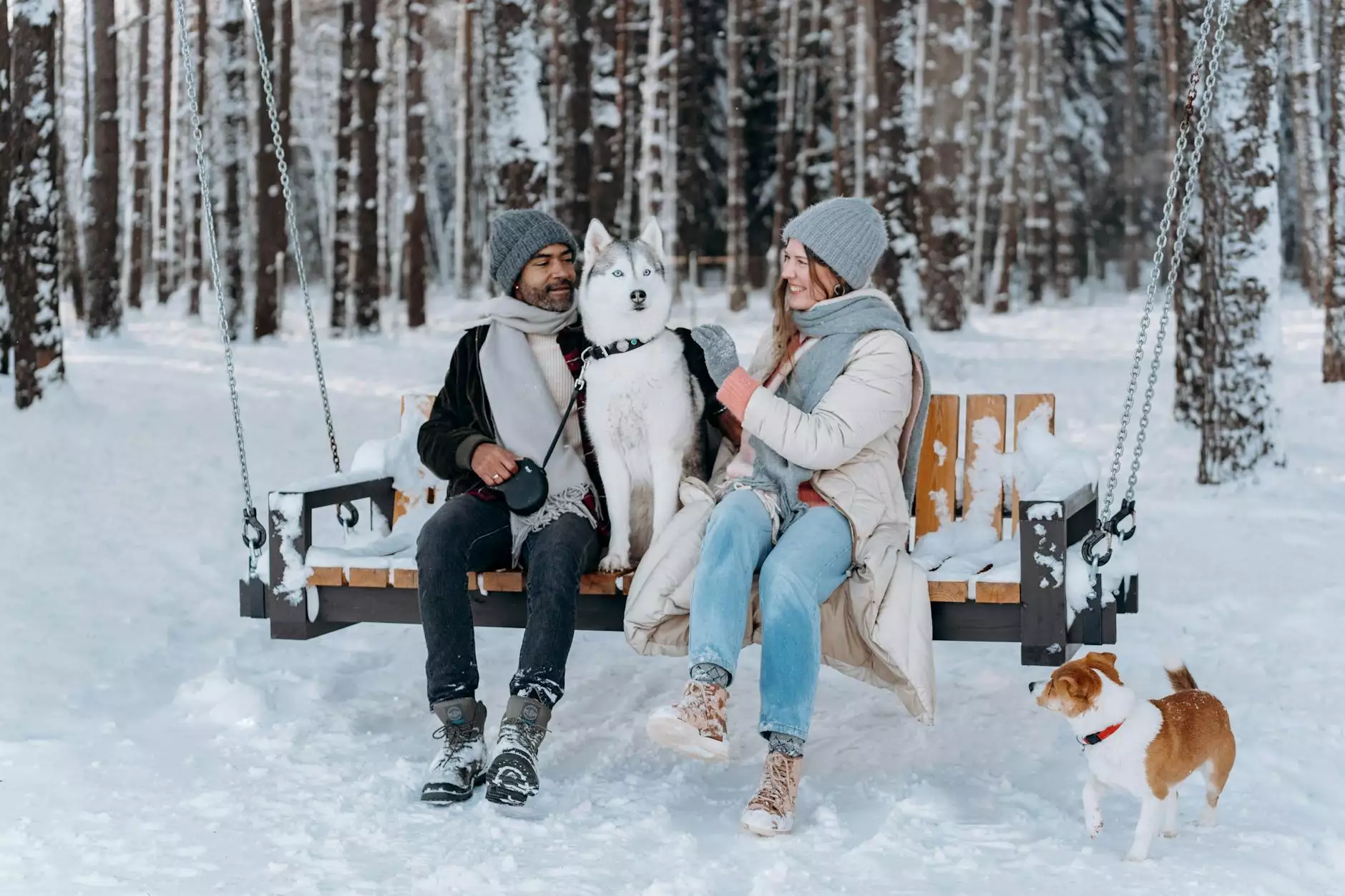20 Design Elements and Principles Every Designer Should Know
Technology
As a designer, understanding the fundamental design elements and principles is crucial to creating visually appealing and effective designs. In this article, SEO Pros Dallas will delve into the 20 design elements and principles that every designer should know.
1. Color
Color is one of the most powerful design elements, capable of evoking emotions and setting the overall mood of a design. It is important to consider color harmonies, contrast, and the psychological impact different colors can have on viewers.
2. Typography
Typography plays a significant role in design, impacting readability, hierarchy, and overall aesthetics. Choosing the right fonts, sizes, and spacing is essential to effectively conveying the intended message.
3. Line
Lines can create structure, movement, and flow within a design. They can be straight, curved, or even implied, helping to guide the viewer's eye and highlight important elements.
4. Shape
Shapes, whether geometric or organic, provide a way to define and separate elements in a design. They can suggest forms, symbolize ideas, and contribute to the overall visual harmony.
5. Space
Space, also known as negative space, is the area between and around elements in a design. Proper use of space helps create balance, improves readability, and enhances the overall design aesthetics.
6. Texture
Texture adds depth and tactile qualities to a design. It can evoke emotions, create visual interest, and make designs more immersive and interactive.
7. Scale
Scale deals with the size and proportion of elements in relation to each other. It allows designers to create emphasis, hierarchy, and visual impact within a composition.
8. Balance
Balance refers to the distribution of visual weight in a design. Achieving balance, whether through symmetrical, asymmetrical, or radial arrangements, helps establish stability and harmony in the overall composition.
9. Unity
Unity brings together all the individual elements in a design, creating a sense of cohesion and completeness. Consistency in color schemes, typography, and overall style helps achieve unity.
10. Contrast
Contrast involves the juxtaposition of different elements, such as colors, sizes, or shapes, to create visual interest and make certain elements stand out. It adds dynamism and helps guide the viewer's attention.
11. Emphasis
Emphasis is used to attract the viewer's attention to specific elements or focal points within a design. By using color, typography, or visual hierarchy, designers can effectively communicate hierarchy and draw focus.
12. Repetition
Repetition creates consistency and rhythm in a design. It helps reinforce certain elements, establish patterns, and create a sense of unity throughout the composition.
13. Movement
Movement adds energy and flow to a design, guiding the viewer's eye and creating a sense of dynamism. Techniques such as diagonal lines, implied motion, and strategic placement of elements can convey movement.
14. Proportion
Proportion deals with the size and scale of elements in relation to each other and the overall design. Proper proportioning creates visual balance, harmony, and a pleasing aesthetic.
15. Harmony
Harmony is the visual result of successfully combining all the design elements and principles into a cohesive whole. It ensures that all elements work together synergistically to achieve the desired effect.
16. Hierarchy
Hierarchy is the organization and arrangement of elements to convey their importance and relationship in the design. It helps guide the viewer's eye and ensures key information is readily accessible.
17. Grid
A grid is a framework that provides structure and alignment in a design. It allows for consistent positioning of elements, easy readability, and a harmonious layout.
18. Symbolism
Symbolism involves the use of symbols, icons, or imagery to represent ideas, concepts, or emotions. Well-executed symbolism can create powerful connections with the viewer and enhance the overall message.
19. Functionality
Functionality focuses on designing with usability and user experience in mind. Understanding how users interact with a design allows for intuitive interfaces and user-friendly experiences.
20. Innovation
Innovation encourages designers to explore new concepts, techniques, and technologies. By pushing boundaries, challenging norms, and embracing creativity, designers can create groundbreaking and influential designs.
Now that you have a comprehensive understanding of the 20 design elements and principles, you can apply them to your own design projects. Remember, these elements and principles are not rigid rules but tools to unleash your creativity and deliver impactful designs.
SEO Pros Dallas, a prominent digital marketing company in the business and consumer services industry, constantly emphasizes the importance of mastering these design elements and principles for successful online branding and engagement. Take their expert advice to elevate your design skills and stay ahead in the competitive world of digital marketing.




